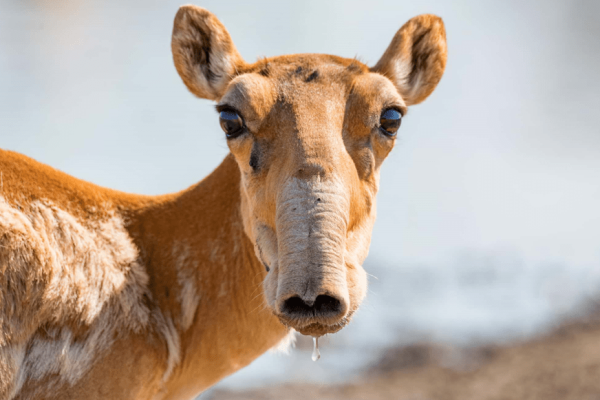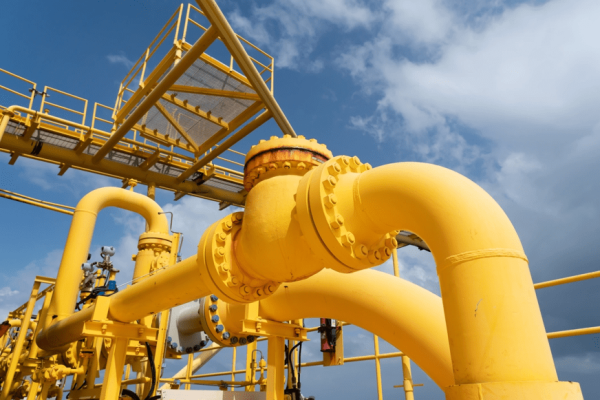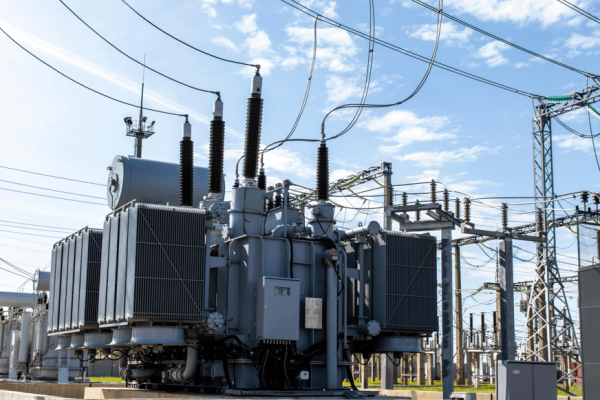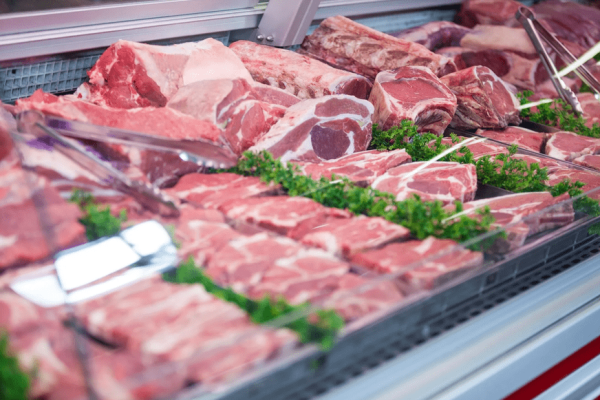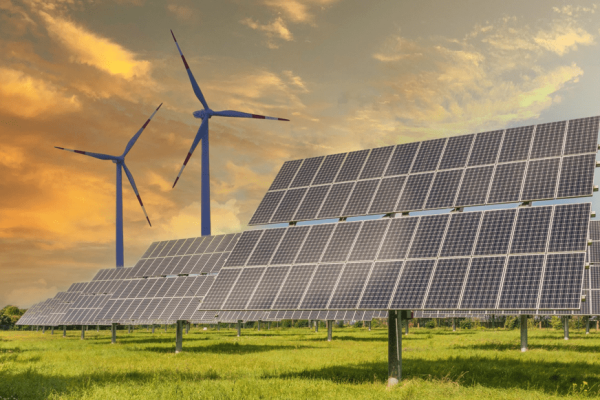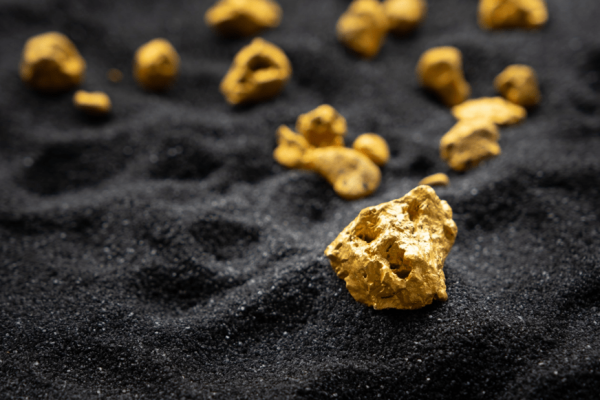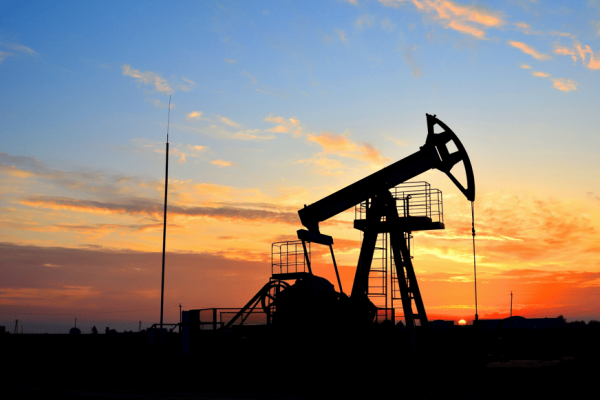Output of unrefined and semi-refined gold increased by 21.5% year on year, that of refined gold by 16.5%
6 September 2016
951
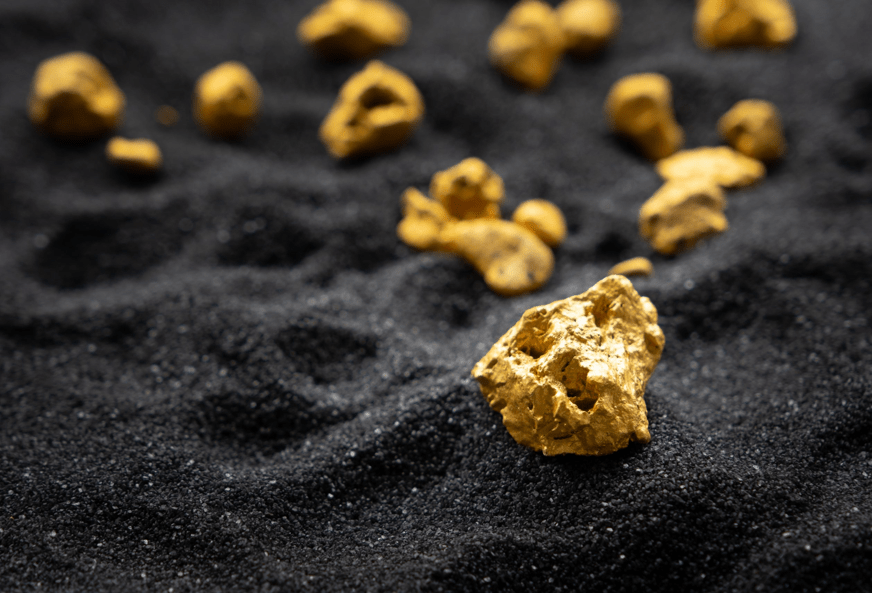
Jewellery prices jump by 20.1% year on year on average in Kazakhstan, by 50% in Astana.
Kazakhstan produced 40.7 tonnes of unrefined and semi-refined gold or gold in powder in January-July. This is 21.5% more than in the same period of last year, when output was increased by 29.6% year on year.
Steady growth has been recorded in the past few years. The 2015 output was more than 26.6% than the 2014 one, whereas growth was 18.3% year on year in 2014 and 6.6% year on year in 2013. This trend continued this year.
Out of 40.7 tonnes, 20.4 tonnes of gold was refined, a 16.5% growth year on year.
The mining sector increased output of gold ore by 1.4% year on year to 10.6m tonnes in January-July 2016 and that of gold-bearing concentrates by 7.9% to 31,400 tonnes.
Events: According to a half-year statement by Polymetal International PLC, changes in macroeconomics and the financial market in the first half of 2016 created favourable conditions for gold.
The price of gold stood at $1,321 per ounce at the end of June, up by 25% compared to December 2015. Since the EU debt crisis in 2010-2011 this is the highest half-year growth for gold. At the beginning of August gold prices passed through the $1,360 per ounce mark for the second time in 2016, while this level of prices was last recorded at the beginning of 2014.

Regionally, almost 95% of production is located in Akmola Region (14.8% tonnes in the first seven months, a 46.6% year on year), East Kazakhstan Region (13 tonnes, down by 5.2%), Astana (5.8 tonnes, up by 57.5%) and Karaganda Region (4.7 tonnes, up by 38% year on year).
Events: on 1 August 2016, after obtaining all necessary permissions from the regulators, Polymetal completed the acquisition of Orion Minerals LLP, which owns a licence to develop the Komarovskoye gold field in Kazakhstan, from Kazzinc, a subsidiary of Glencore PLC. The deal cost $100m. In addition, Kazzinc will receive a deterred payment which will depend on future output at Komarovskoye and gold prices. The deterred payment, which will not exceed $80m, will be calculated quarterly and paid at the price of gold above $1,250 per ounce.
Probable reserves at Komarovskoye, according to JORC, are estimated at 14.2m tonnes with an average content of 2 g/tonne, ie 0.9m ounces of gold. Resources (in addition to reserves) are estimated at 9.8m tonnes of ore with an average content of 2.2 g/tonne, ie 0.7m ounces of gold.
Polymetal has been working in Kazakhstan for a long time. In 2009 the company acquired its first asset – the Varvarinskoye field (with reserves of 1.5m ounces) where production was launched in 2007. In 2014 it acquired the giant Kyzyl project, which includes the Bakyrchik and Bolshevik gold mines with combined reserves of 7.3m ounces where large-scale construction has already been launched. The work focuses on external infrastructure and digging to prepare the sites for building refining facilities and auxiliary buildings. The construction is underway in line with schedule; the first batch of concentrate is expected to be produced in the third quarter of 2018.
Capital expenditure (capex) at Kyzyl totalled $34m in the first half of 2016, and mostly consisted of contracts to supply processing equipment. The company also continued to invest in geological exploration. Capex on geological exploration totalled $19m in the first half of 2016 against $25m in the same period of 2015 and focused mostly on the Kyzyl and Olcha fields and deposits of platinum group.
The analysis is based on material published by www.polymetal.ru, www.vedomosti.ru, www.inform.kz.

The retail price of jewellery items increased by 20.1% year on year to KZT13,500 per gram in Kazakhstan at the end of July.
The highest price and fastest annual growth among Kazakh towns and cities were recorded in Astana – KZT18,800 per gram, a 50% growth year on year.
The cheapest price of jewellery was recorded in Shymkent – KZT12,600 per gram, up by 23.9% year on year.

Popular articles
Watch allWho and why does Kazakhstan’s saiga antelope give trouble?
Experts question the department’s statistics, as well as decisions made at state level regarding saigas In early summer, there Читать далее...
28 June 2022
3255
Gas Production Declined, While Prices Jumped 28% Year-on-Year
In January–July of this year, natural gas production in Kazakhstan amounted to 14.8 billion cubic meters, down 10.3% compared with Читать далее...
17 September 2025
3137
Which Social Networks and Messengers Do Kazakhstan’s Young People Prefer?
According to the analytical report “Youth of Kazakhstan” for 2024, one of the most common ways young people spend their Читать далее...
9 October 2025
2359
Electric Vehicles Accounted for Less Than 1% of All Registered Cars in Kazakhstan
From January to July of this year, 925.8 thousand passenger cars were registered in Kazakhstan, 0.3% more than in the Читать далее...
28 August 2025
2175
“Pirating” in Kazakhstan: 59% of Young People Use Free Platforms to Watch Films and Series
According to the analytical report Youth of Kazakhstan for 2024, one of the most common leisure activities among young people Читать далее...
26 September 2025
1887
Power generation reaches 53.7bn kWh in January-July, up by 1.7% year on year. Gas turbine power plants with a capacity of 100,000 kW worth KZT18.6bn were commissioned in the first half of the year
Electricity tariffs went up by 5.8% year on year in August
16 September 2016
1745
Kazakhstan’s Citizens Are Meat Lovers: Meat and Meat Product Consumption Up by 2%
In January–September of the current year, Kazakhstan produced 57.3 thousand tonnes of fresh or chilled meat from cattle, pigs, sheep, Читать далее...
29 October 2025
1729
Kazakh oil refineries supplied 73.3% of motor fuel consumed and 97.4% of diesel fuel consumed in the country. Petrol output increased by 10.6% and production of gasoils by 3.6%
The price of the most popular octane-93 petrol increased by 16.4% year on year to KZT125 per litre in July. The price of summer diesel increased by 3.3% year on year to KZT99 per litre
15 September 2016
1631
Industrial enterprises navigate to sustainable development
Major industrial companies’ investments into social and infrastructure projects in 2019 exceeded 140 billion Tenge Kazakhstan has been holding Читать далее...
5 November 2021
1333
Safeguarding the nature: investment into environmental protection increased by 34% over the year
The number of fixed point sources of pollution in 10 years has increased by 58% Environmental issues are extremely Читать далее...
5 November 2021
1292
Focus on ESG: the world is confidently switching to green rails and sustainable development principles
In Kazakhstan, only some of the major backbone companies, major market players, and national development institutions are ready to implement Читать далее...
5 November 2021
1151
Renewable energy generation capacities goes up by 40% year-on-year in Kazakhstan in 1Q2016
Clean energy generation jumps by 130% year-on-year in this period
22 June 2016
1058
How Much Do People in Kazakhstan Spend on Medicines?
In the second quarter of this year, household healthcare spending in Kazakhstan averaged 28.8 thousand tenge per household, 6.6% less Читать далее...
25 September 2025
1045
Output of unrefined and semi-refined gold increased by 21.5% year on year, that of refined gold by 16.5%
Jewellery prices jump by 20.1% year on year on average in Kazakhstan, by 50% in Astana
6 September 2016
951
Kazakhstan’s crude oil and gas condensate output fall by 3.4% year on year in January-July 2016
In July 2016 crude oil and condensate went down by 0.9% year-on-year
26 September 2016
890
